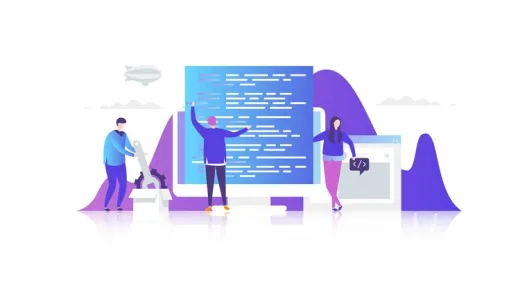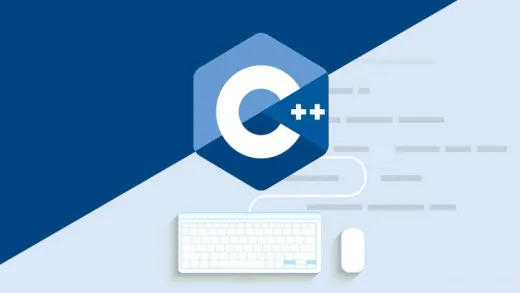Brief Summary
This course dives into Object Oriented Programming using C++. You’ll explore essential concepts like classes, inheritance, and polymorphism, all while using the powerful Qt framework to build applications. It’s a fun and practical approach to mastering OOP!
Key Points
-
Understanding Object Oriented Programming (OOP)
-
Basic syntax using C++
-
Classes and Objects
-
Constructor and Destructor
-
Accessors and Overloading
-
Pointers and Inheritance
-
Polymorphism and Static members
-
Using OOP with Qt framework
Learning Outcomes
-
Gain a solid foundation in Object Oriented Programming principles
-
Learn to create applications using C++ and Qt framework
-
Understand and apply concepts like inheritance and polymorphism
-
Boost your coding efficiency with OOP techniques
-
Create complex applications using C++
About This Course
Learn The Biggest Invention of Programming World and Enhance your View To see The World Of softwares DifferentlyIn this course we will uncover the Details of the most important concept in the programming world, which is, Object Oriented Programming. To make this notion very clear in your minds, this course will have as a basic Syntax: the C++ programming language as it's one the most useful syntaxes in nowadays in addition to java and python. In addition, our course will focus especially on the use of the OOP concept in the world of applications using the Qt framework, and this is the specialty of this course. through the presented tutorial we will discuss the following notions: -Classes And Objects. -Constructor -Destructor -Accessors -Overloading -pointers -Inheritance -Polymorphism -Static member -Qt And OOP this is what you've got to learn to get a solid base in OOP. So let's get started in this course step by step together and to uncover the world of Object Oriented Programming.
Understand The C++ Object Oriented
Learn How OOP Can Participate To Create The Most Complex Application
Apply The Concept Of OOP In C++ And Boost Your Code Efficiency









Andrew L.
The changes from section to section was too abrupt. A section would finish, the next section would start and there would be a whole lot of code that has suddenly appeared.